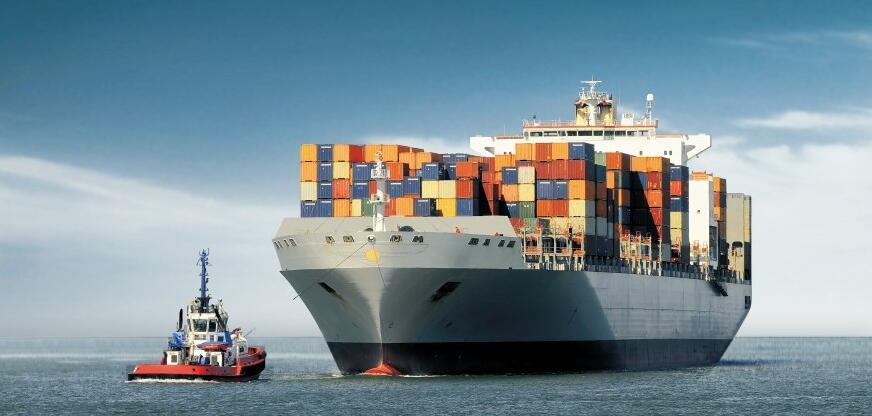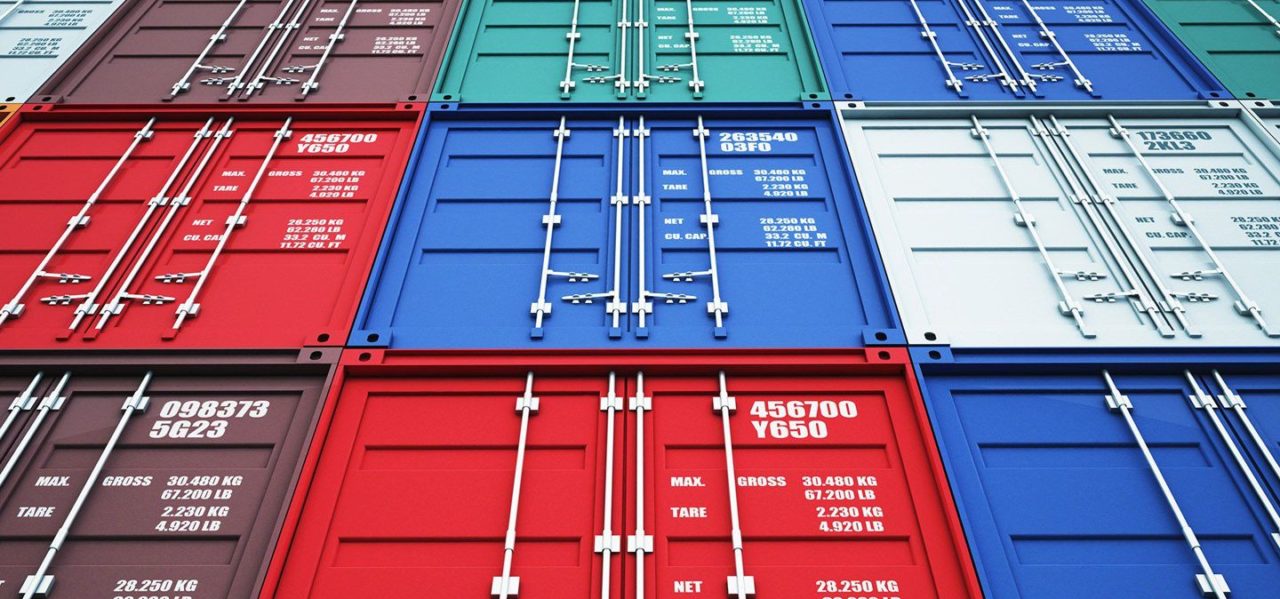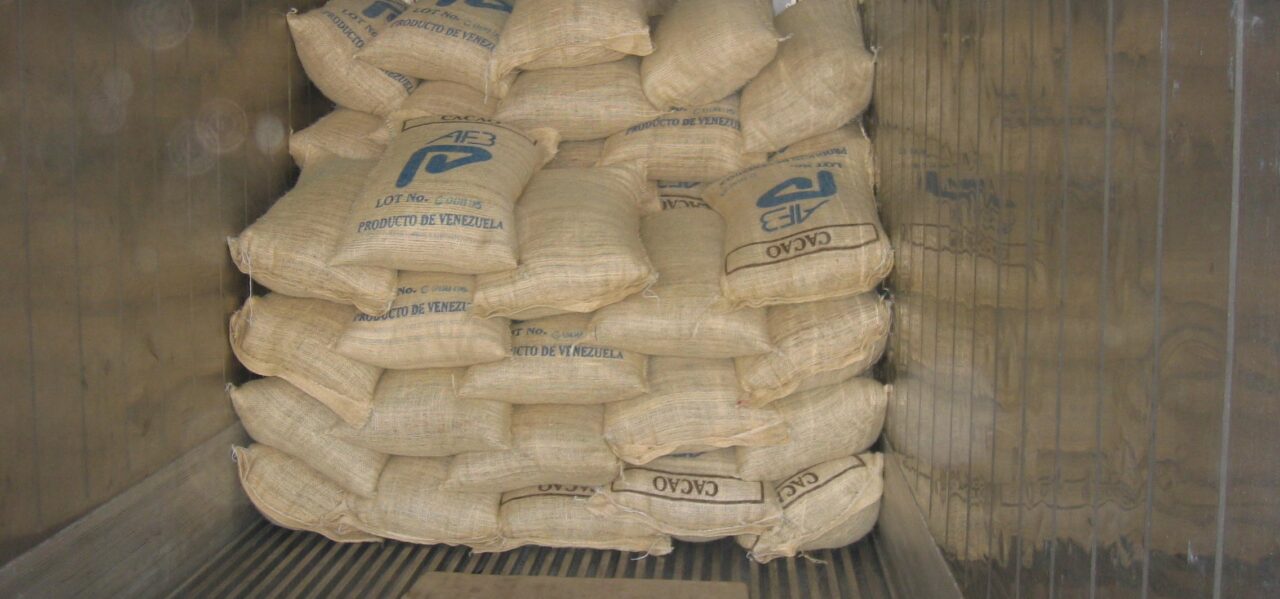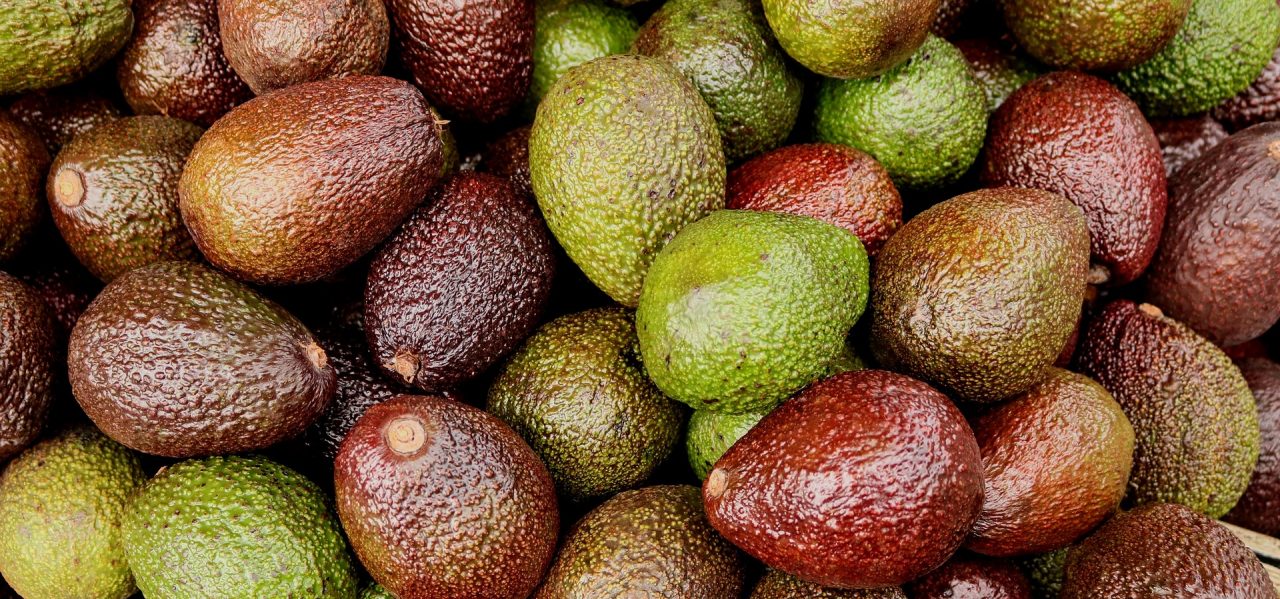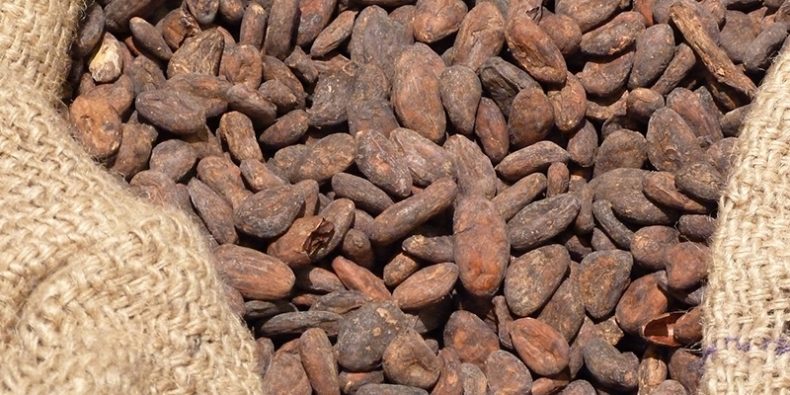APPLICATION OF RISK ANALYSIS USING THE HACCP CONCEPT TO PREVENT LOSSES AND CLAIMS DURING MARINE TRANSPORTATION OF FROZEN FOODS IN REEFER CONTAINERS
KEYWORDS: Risk analysis. HACCP. Reefer containers. Frozen foods. Claims prevention.
The HACCP (Hazard Analysis Critical Control Points) concept was developed in the 60’s to guarantee the safety of foods for the astronauts in the U.S. spatial program. Since then it has been applied successfully to food processing and food service activities in order to prevent food-borne infections and intoxications, and today it is standard practice in the food industry. Although the HACCP concept was developed for this purpose, however, it can be successfully applied to other objectives different from the safety of foods from the public health standpoint.
This paper explains how the HACCP methodology can be applied and adapted to the assessment of hazards and risks involved in the transportation of foods by sea. Its application resulted in the prevention of damages and costly claims during transportation and in a more reliable operation that in terms, provides better profits for the carrier line and satisfied clients operating successfully in their exportation enterprises. This concept has been applied successfully in the last years on behalf of one of the largest marine container carrier operating throughout the world.
The evaluation system using HACCP consists in a systematic methodology of identification, evaluation and control of hazards, directed to prevent, control or reduce them, in order to avoid losses and claims that could occur during transportation. This methodology was proposed as a solution to a practical problem, frequent in Venezuela and in other tropical areas, related with the reception of reefer containers from shippers of refrigerated and frozen foods intended for marine transportation, not meeting the temperature specifications established.
The surveys done and the investigations practiced led to the conclusion that in many cases the problem of stuffing warm cargo had its origin in processing malpractices or in the lack of knowledge by some of the shippers of their own processing methods, and sometimes of the techniques used for stuffing and handling reefer containers.
Although the methodology is applicable to practically all perishable food, including fruits and vegetables, it was applied in this stage mainly to marine products, particularly fish and seafood. A case study of a plant for processing whole frozen shrimp was presented.
APLICACIÓN DEL ANÁLISIS DE RIESGOS UTILIZANDO EL CONCEPTO HACCP PARA PREVENIR PÉRDIDAS Y RECLAMACIONES DURANTE EL TRANSPORTE MARÍTIMO DE ALIMENTOS CONGELADOS EN CONTENEDORES DE ARREGLO
PALABRAS CLAVE: análisis de riesgo. HACCP. Contenedores reefer. Comidas congeladas. Prevención de reclamos
El concepto HACCP (Hazard Analysis Critical Control Points) se desarrolló en los años 60 para garantizar la seguridad de los alimentos para los astronautas en el programa espacial de EE. UU. Desde entonces, se ha aplicado con éxito a las actividades de procesamiento de alimentos y servicio de alimentos para prevenir las infecciones y las intoxicaciones transmitidas por los alimentos, y hoy en día es una práctica estándar en la industria alimentaria. Aunque el concepto HACCP se desarrolló para este propósito, sin embargo, se puede aplicar con éxito a otros objetivos diferentes de la seguridad de los alimentos desde el punto de vista de la salud pública.
Este documento explica cómo la metodología HACCP se puede aplicar y adaptar a la evaluación de riesgos y peligros involucrados en el transporte de alimentos por mar. Su aplicación resultó en la prevención de daños y reclamaciones costosas durante el transporte y en una operación más confiable que, en términos, proporciona mejores ganancias para la línea de transportistas y clientes satisfechos que operan con éxito en sus empresas de exportación. Este concepto se ha aplicado con éxito en los últimos años en nombre de uno de los transportistas de contenedores marinos más grandes que operan en todo el mundo.
El sistema de evaluación que utiliza HACCP consiste en una metodología sistemática de identificación, evaluación y control de riesgos, dirigida a prevenirlos, controlarlos o reducirlos, a fin de evitar pérdidas y reclamos que puedan ocurrir durante el transporte. Esta metodología fue propuesta como una solución a un problema práctico, frecuente en Venezuela y en otras áreas tropicales, relacionado con la recepción de contenedores refrigerados de cargadores de alimentos refrigerados y congelados destinados al transporte marítimo, que no cumplen con las especificaciones de temperatura establecidas.
Las encuestas realizadas y las investigaciones practicadas llevaron a la conclusión de que en muchos casos el problema del relleno de carga caliente tuvo su origen en el procesamiento de malas prácticas o en el desconocimiento por parte de algunos de los expedidores de sus propios métodos de procesamiento, y algunas veces de las técnicas utilizadas para rellenar y manejar contenedores refrigerados.
Aunque la metodología es aplicable a prácticamente todos los alimentos perecederos, incluidas frutas y verduras, se aplicó en esta etapa principalmente a productos marinos, en particular pescado y mariscos. Se presentó un estudio de caso de una planta para procesar camarones enteros congelados.
